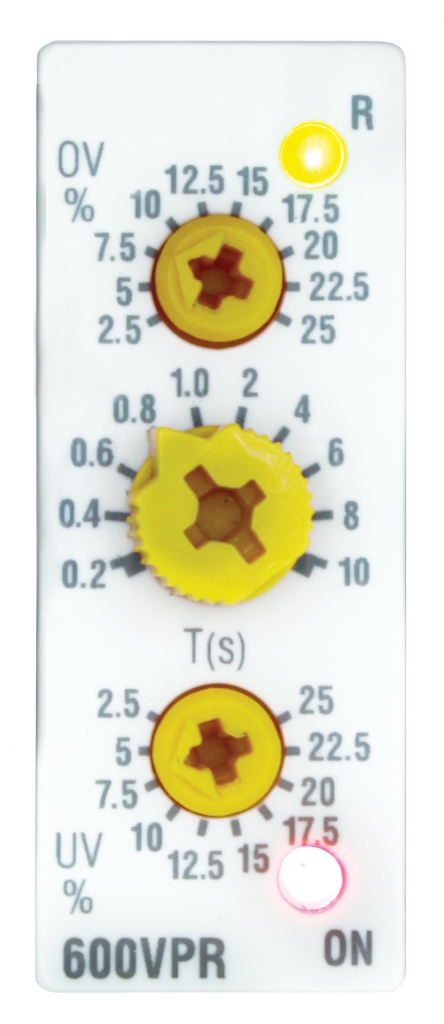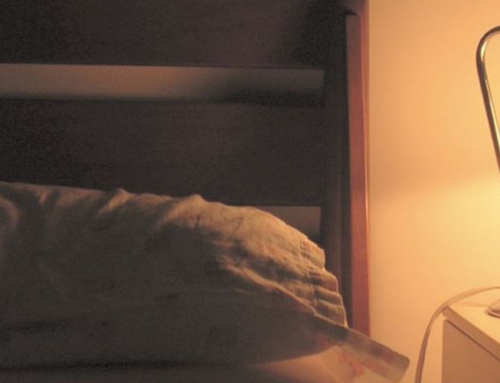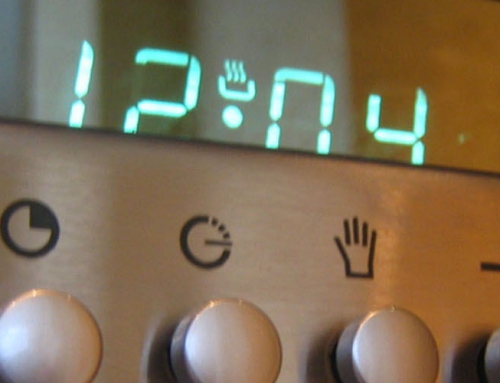Basic safety considerations
Your electricity installation needs regular testing and maintenance.
Here’s a quick checklist to get you started:
Where are your switching and protection systems?
Where is your system’s distribution board (consumer unit)? This board includes the circuit breakers that control electricity supply to different parts of your property. Make sure that it is never obstructed with other objects. Each circuit breaker should be clearly labelled by your electrician. Familiarise yourself with the protection equipment in your distribution board. The most important one is the double-pole main circuit breaker (DP-MCB), which can switch on or switch off electricity to the entire property.

Is your RCD working?
Every property’s electrical system must have a working residual current device (RCD) which protects you from electric shock if you accidentally touch live electric wires or se a faulty electrical device. It should be located in your distribution board next to the main circuit breaker. Make sure that you have this protection in your property. You should press its test button once a month to confirm that it is not stuck. Your electrician should test it periodically to ensure that it works to the required sensitivity.
Do you have overvoltage and surge protection?
|
Overvoltage protective devices are obligatory to protect your property from voltage fluctuations. Surge protection devices are also advisable to protect your system from sudden voltage surges. Surges and overvoltage instances can occur when the networks distributing electricity to your property are affected by traffic accidents, lightning, strong winds, road works, construction site accidents, technical faults or other difficulties. These unexpected disturbances can damage your property’s electrical installation and the electrical devices connected to it.
An overvoltage protective device must be installed in the main distribution board in all properties, no matter how small. Surge protection devices can also be installed in your distribution board. You can also buy smaller surge protectors and install them for specific electrical devices only.
|
 |
Is your installation properly earthed?
Every electrical circuit and electrical appliance (unless of the Class-II all-insulated type) in your property needs to have an adequate earthing arrangement. The earthing system makes sure that any dangerous currents caused by a fault in your electrical system or electrical appliance safely flow to the ground whilst triggering the RCD to avoid the risks of electric shock, fire or other damages. An earthing arrangement using mains water metal pipes is not adequate and not acceptable. You would need to replace it with an earth electrode system. Ask your electrician to test your electrode earthing system’s resistance and make sure it is still effective. In our climate, you may need to periodically wet the earth electrode with water to make sure it remains effective.
Every electrical circuit and electrical appliance (unless of the Class-II all-insulated type) in your property needs to have an adequate earthing arrangement. The earthing system makes sure that any dangerous currents caused by a fault in your electrical system or electrical appliance safely flow to the ground whilst triggering the RCD to avoid the risks of electric shock, fire or other damages. An earthing arrangement using mains water metal pipes is not adequate and not acceptable. You would need to replace it with an earth electrode system. Ask your electrician to test your electrode earthing system’s resistance and make sure it is still effective. In our climate, you may need to periodically wet the earth electrode with water to make sure it remains effective.
Are your plugs and sockets damaged?
Take a close look at all the sockets and switches on your walls. Check the leads and plugs of your electrical devices as well. Do any of them have burn marks, cracks, sharp twists or other visible damage? If you notice any damage, stop using them and ask your electrician to repair or replace them as soon as possible.
Do you have too many multi-plugs and extensions?
Do not connect multi-plug adaptors on other adaptors or extension leads. If you need additional sockets for a long period of time, consider adding new permanent ones to your existing installation. Overloading existing sockets with multi-plug adaptors and extension leads increases the risk of overheating, which may start a fire. Replace damaged extension leads immediately.
Do not connect multi-plug adaptors on other adaptors or extension leads. If you need additional sockets for a long period of time, consider adding new permanent ones to your existing installation. Overloading existing sockets with multi-plug adaptors and extension leads increases the risk of overheating, which may start a fire. Replace damaged extension leads immediately.
Periodic testing
Ask your electrician to inspect and test your installation. Your electrician should provide a test certificate after each inspection and testing. It is recommended that this procedure is performed regularly. Your electrician may indicate how often your system needs to be tested, depending on the particular installation.
Ask your electrician to inspect and test your installation. Your electrician should provide a test certificate after each inspection and testing. It is recommended that this procedure is performed regularly. Your electrician may indicate how often your system needs to be tested, depending on the particular installation.
Authorised electrician
Make sure that you engage electricians or electrical engineers who are duly authorised to carry out electrical work on your installation.
Make sure that you engage electricians or electrical engineers who are duly authorised to carry out electrical work on your installation.





